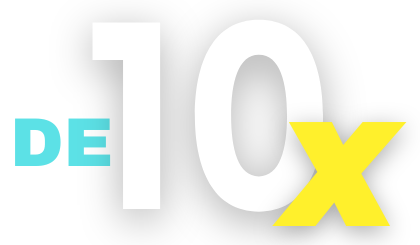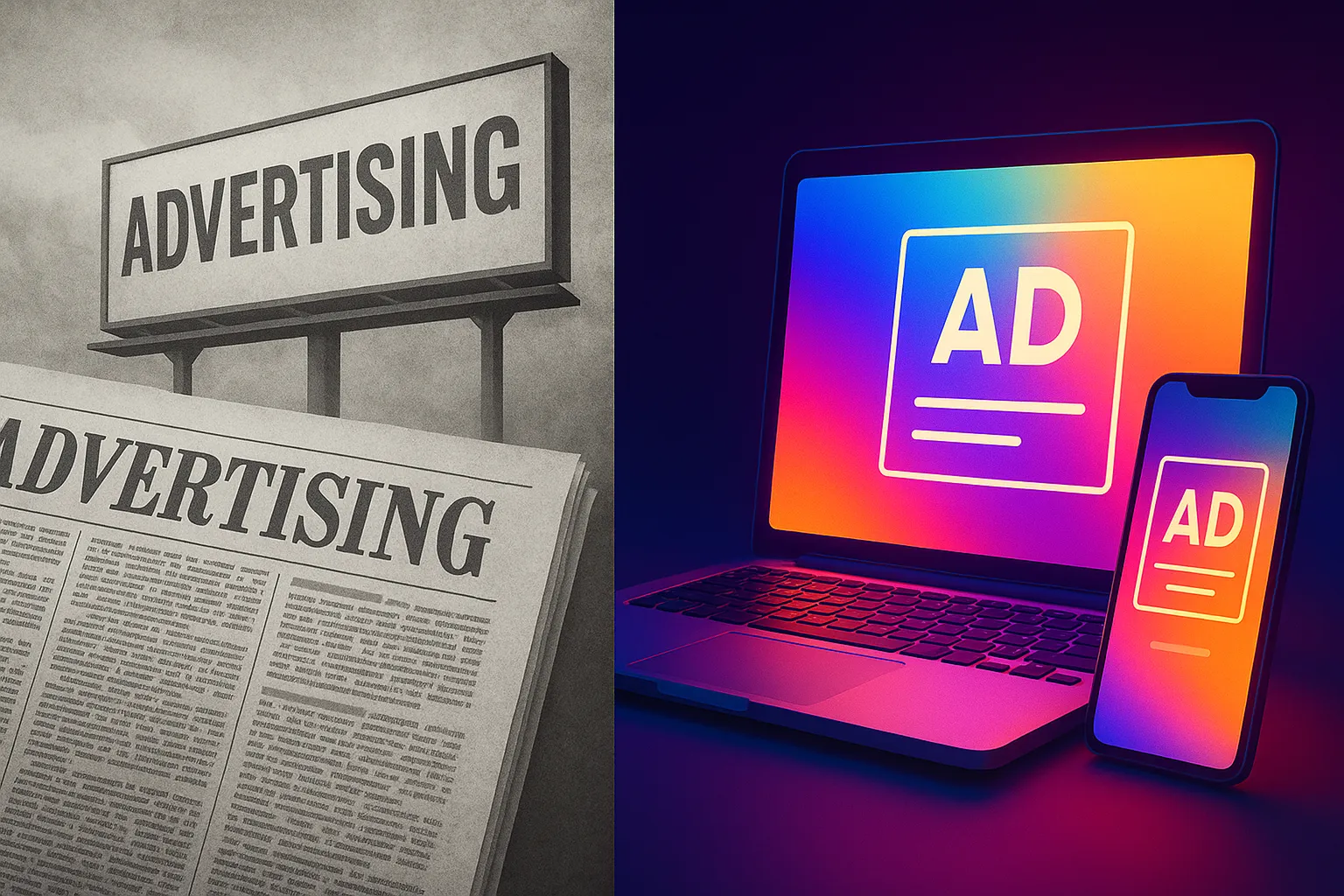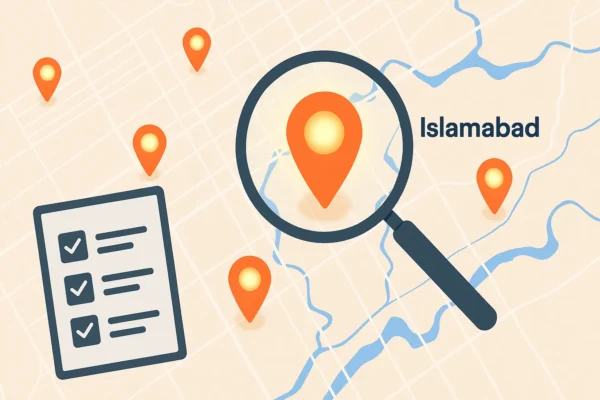Every business owner in Pakistan faces the same critical question: where should I invest my marketing budget for the best possible return? For decades, the answer involved traditional advertising placing an ad in the newspaper or renting a massive billboard on the Islamabad Expressway. But in 2025, the game has changed. Digital advertising has emerged as a powerful, data-driven alternative. If you’re looking for an advertising agency near me, understanding this shift is the first step toward smart growth.
So, where should your hard-earned money go? This guide breaks down the differences between digital and traditional advertising to help you make an informed, profitable decision.
What is Traditional Advertising? The Tried-and-True Methods
Traditional advertising refers to any form of marketing that doesn’t involve the internet. It’s the classic, offline approach.
- Print: Newspaper ads (like in Dawn or The News), magazine ads, brochures.
- Broadcast: Television commercials and radio spots.
- Outdoor (Out-of-Home): Billboards, banners, posters, and transit ads.
- Direct Mail: Flyers, postcards, and catalogues sent to homes.
Pros: Can be effective for reaching a broad, general audience and building mass brand awareness. Cons: Extremely expensive, nearly impossible to measure the direct return on investment (ROI), and offers very poor targeting capabilities.
What is Digital Advertising? The Data-Driven Approach
Digital advertising encompasses all online marketing efforts. It’s the core focus of a modern marketing or PPC agency.
- Search Engine Marketing (SEM): Ads that appear on Google search results.
- Social Media Ads: Paid posts on platforms like Facebook, Instagram, and LinkedIn.
- Display Ads: Banner ads that appear on other websites.
- Video Ads: Ads that run on platforms like YouTube.
Pros: Precise audience targeting, completely measurable ROI, cost-effective and scalable, and flexible to launch or change quickly. Cons: Can be complex to manage effectively, and users can sometimes experience “ad blindness.”
Head-to-Head Comparison: 4 Key Differences
Let’s compare these two approaches on the factors that matter most to your business.
1. Targeting Capabilities
- Traditional: You rent a billboard and hope the right people drive by. This is a “spray and pray” method.
- Digital: You can run a Facebook ad that is shown only to 25–35-year-old women who live in F-10, are interested in high-end fashion, and have recently visited your website. The level of precision is unmatched.
2. Cost and Accessibility
- Traditional: Requires a massive upfront investment. A full-page newspaper ad or a prime billboard location can cost lakhs of rupees.
- Digital: Highly accessible. You can start a Google Ads campaign with a small daily budget of just a few thousand rupees, testing the waters before committing more.
3. Measurement and ROI
- Traditional: It’s incredibly difficult to know how many people saw your print ad and then visited your store. The ROI is based on guesswork.
- Digital: Every click, impression, and conversion is tracked. You can know with certainty that you spent X rupees to generate Y leads, allowing for precise ROI calculation.
4. Speed and Flexibility
- Traditional: Involves long lead times for design, printing, and placement. Once an ad is printed, it cannot be changed.
- Digital: A campaign can be launched in hours. You can pause, edit, or optimize your ads in real-time based on their performance data.
The Modern Strategy: Integrating Both for Maximum Impact
For large brands with huge budgets, the choice isn’t always “either/or.” A truly integrated campaign might use a QR code on a print ad to drive traffic to a special digital landing page. However, for the vast majority of small and medium-sized businesses, the superior ROI of digital is undeniable. According to global data from sources like Statista, digital ad spend continues to grow rapidly while traditional spend stagnates, showing where businesses are finding more value.
Frequently Asked Questions (FAQs)
Q1: Is traditional advertising completely useless in 2025? Not completely, but its role has shifted. It is now primarily a tool for huge brands focused on mass-market brand awareness, not for smaller businesses that need direct, measurable results.
Q2: I’m a small local business in Islamabad. Should I use any traditional ads? For 99% of small businesses, the marketing budget is much better spent on targeted digital advertising, where the ROI is clear and every rupee can be tracked.
Q3: Do I need a different agency for digital vs. traditional ads? Yes, almost always. The skillsets are completely different. A modern digital advertising agency near me specializes in data, analytics, and platform optimization, which are skills most traditional agencies lack.
Conclusion
While traditional advertising had its day, the advantages of digital advertising in 2025 are too significant to ignore. The ability to target your perfect customer, measure every result, and flexibly control your budget makes it the smartest and most efficient investment for almost every business today. A digital-first approach isn’t just a trend; it’s the foundation of modern, profitable growth.
To understand the two most powerful forms of digital advertising, see our guide on [SEO vs. PPC].
Ready to invest your marketing budget where you can see a clear and immediate return? Contact DE10X, the data-driven digital advertising agency that specializes in profitable campaigns.




